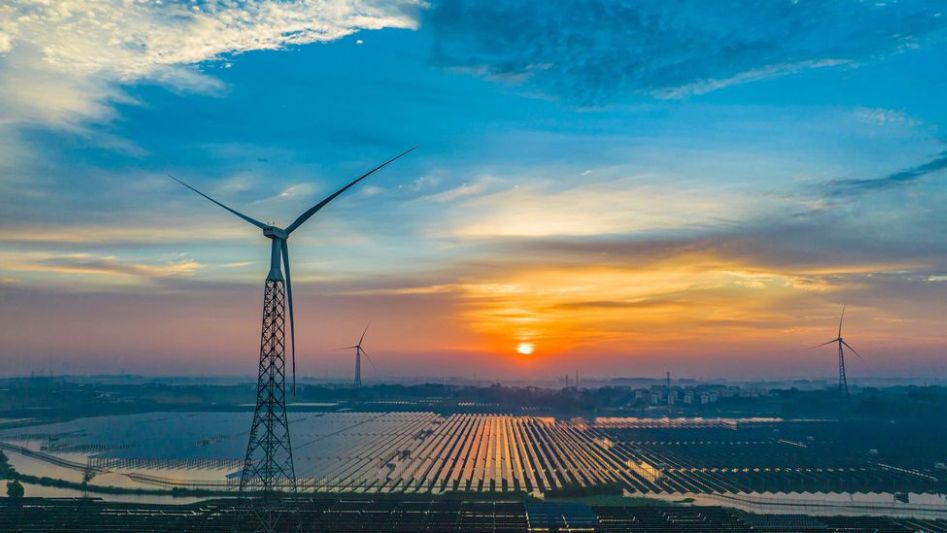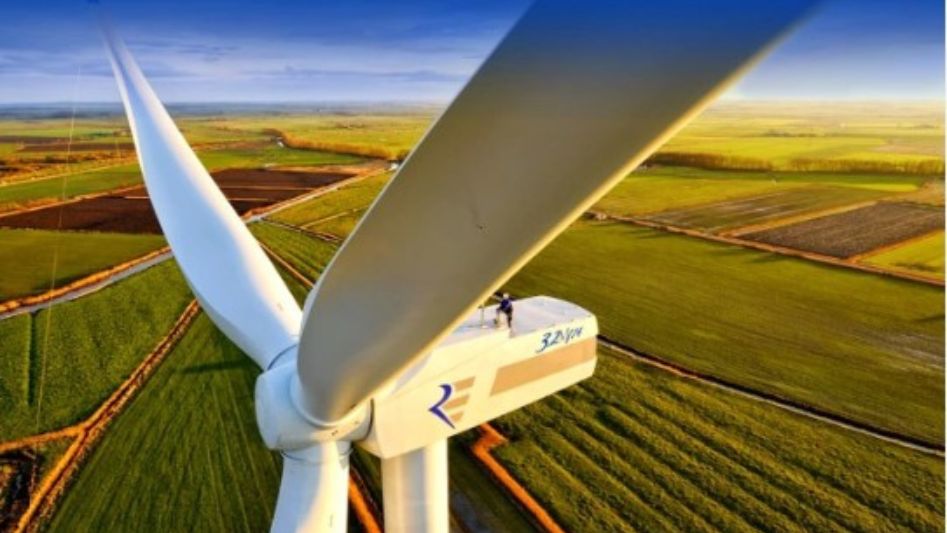The threat of climate change has led to a global push towards reducing greenhouse gas emissions and achieving net-zero targets. Clean energy is at the forefront of this movement, as it offers a sustainable and environmentally friendly solution to our growing energy needs. This article explores the role of clean energy in achieving net-zero emissions and highlights the key technologies and strategies being implemented worldwide.
Table of Contents

Renewable Energy Sources: A Key Component
Renewable energy, derived from sources such as solar, wind, hydro, and geothermal power, plays a crucial role in achieving net-zero emissions. These energy sources are virtually inexhaustible and emit little to no greenhouse gases, making them a vital component in reducing our carbon footprint. Advancements in technology have led to increased efficiency and affordability, encouraging widespread adoption by governments, businesses, and individuals alike.
Energy Storage Solutions: Balancing Supply and Demand
As the adoption of renewable energy sources grows, so does the need for energy storage solutions to balance supply and demand. Technologies such as batteries, pumped hydro storage, and thermal energy storage help store excess energy produced during peak production times and release it when demand is higher. By integrating these systems into the energy grid, we can ensure a more reliable and stable supply of clean energy.
Grid Modernization and Smart Grids
Modernizing the power grid and incorporating smart grid technologies are essential for effective integration of clean energy sources. Smart grids enable two-way communication between energy providers and consumers, allowing for real-time monitoring and management of energy usage. This helps optimize energy efficiency, reduce peak demand, and integrate renewable sources more effectively, thereby contributing to net-zero emissions goals.

Electrification of Transportation
Transportation is one of the largest contributors to greenhouse gas emissions. Electrifying public and private transportation, such as electric vehicles (EVs) and electric buses, can significantly reduce these emissions. As clean energy sources continue to grow, the electricity used to charge EVs will increasingly come from renewable sources, further lowering the overall carbon footprint.
Energy Efficiency and Conservation
Improving energy efficiency and promoting conservation measures are essential in achieving net-zero emissions. By using energy more efficiently, we can reduce overall demand and reliance on fossil fuels. Strategies such as green building design, energy-efficient appliances, and smart metering can help individuals and businesses minimize their energy consumption while maintaining comfort and productivity.
Government Policies and Incentives
Governments play a crucial role in driving the transition to clean energy and achieving net-zero emissions. Policies such as carbon pricing, renewable portfolio standards, and feed-in tariffs can incentivize the adoption of clean energy technologies. Additionally, governments can invest in research and development, infrastructure upgrades, and educational initiatives to accelerate the global shift towards a sustainable energy future.

Conclusion
Clean energy is essential in our pursuit of net-zero emissions. By adopting renewable energy sources, investing in energy storage solutions, modernizing our power grids, electrifying transportation, improving energy efficiency, and implementing supportive government policies, we can combat climate change and secure a sustainable future for generations to come.
FAQ
What is the role of energy storage in clean energy?
Energy storage solutions help balance supply and demand, storing excess energy from renewable sources during peak production and releasing it when needed, ensuring a stable, clean energy supply.
How can we improve energy efficiency?
Energy efficiency can be improved through green building design, energy-efficient appliances, smart metering, and adopting best practices for energy conservation in homes and businesses.
How does electrifying transportation contribute to net-zero emissions?
Electrifying transportation, such as electric vehicles and buses, significantly reduces greenhouse gas emissions from the sector, and as clean energy sources grow, the electricity used for charging will increasingly come from renewables.
You May Also Like
- THE ROLE OF CARBON CREDITS IN ACHIEVING NET ZERO EMISSIONS
- ACTIONS TO ACHIEVE NET-ZERO EMISSIONS IN HONG KONG
- 2035 AND BEYOND: THE ROADMAP TO ZERO CARBON EMISSIONS
- A COLLECTIVE EFFORT: HOW COMMUNITIES CAN WORK TOGETHER TO FIGHT CARBON EMISSIONS
- GREEN HYDROGEN: THE MISSING COMPONENT IN THE RACE TO NET-ZERO
